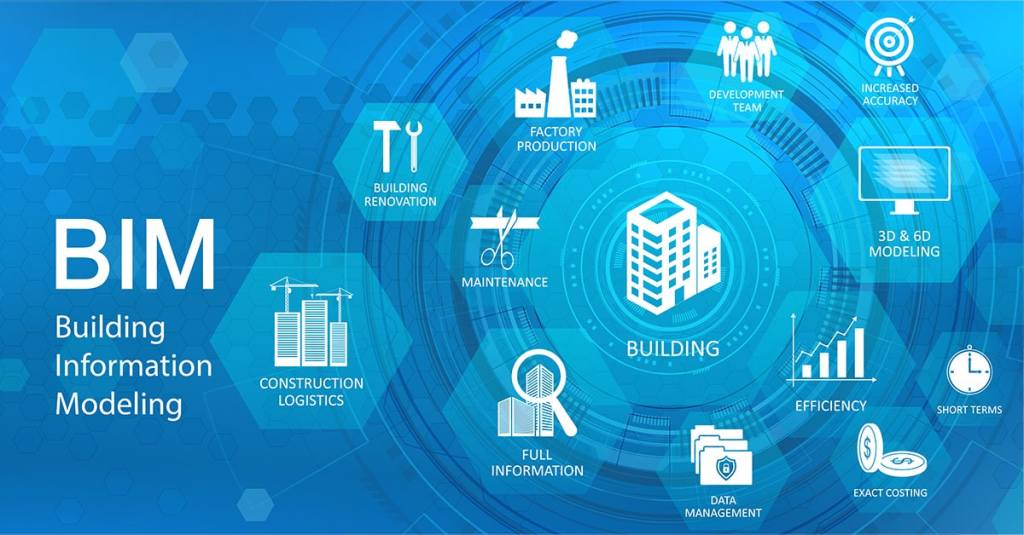
Building information modeling, or BIM, has become a novel tool that is revolutionizing the way construction projects are planned, developed, and carried out in today’s quickly changing industry. BIM modeling services are enabling previously unheard-of opportunities and fostering efficiency, accuracy, and teamwork throughout the construction industry thanks to their sophisticated capabilities.
Understanding BIM Modeling Services
BIM modeling services include a variety of procedures and tools that enable stakeholders to produce digital representations of the physical and functional elements of a building or infrastructure project. These models are more than just detailed 3D representations; they are extensive databases that hold important details about all facets of the project, from planning and building to managing and servicing it.
The Key Advantages of BIM Modeling Services
Enhanced Collaboration and Communication
Architects, engineers, contractors, and other project stakeholders can collaborate more easily and effectively when using BIM. Through the provision of a single platform for data sharing and communication, Building Information Modeling (BIM) mitigates errors, minimizes conflicts, and guarantees agreement among stakeholders.
Improved Visualization and Design Validation
The opportunity to see the project in a virtual setting prior to the start of construction is one of the main advantages of BIM modeling services. In the end, this results in cost savings and better project outcomes by enabling stakeholders to see design defects, maximize space use, and make educated decisions early in the project lifecycle.
Efficient Project Planning and Management
BIM enables precise scheduling and sequencing of construction activities, leading to improved project planning and management. By simulating various scenarios and analyzing potential risks, BIM helps project teams anticipate challenges and devise effective mitigation strategies, ensuring that projects are delivered on time and within budget.
Sustainability and Energy Efficiency
With growing emphasis on sustainability and energy efficiency in construction, BIM modeling services play a crucial role in optimizing building performance. By simulating energy usage, daylighting, and thermal performance, BIM allows designers to identify opportunities for energy savings and implement environmentally friendly design strategies.
Asset Management and Facility Maintenance
Beyond the construction phase, BIM models serve as valuable assets for facility management and maintenance. By integrating building information with asset management systems, BIM enables facility managers to access critical data about building components, equipment, and maintenance history, streamlining operations and prolonging the lifespan of assets.
The Future of BIM in Construction
As technology continues to evolve, the future of BIM in the construction industry looks promising. Advancements in artificial intelligence, cloud computing, and augmented reality are enhancing the capabilities of BIM modeling services, making them more accessible, scalable, and versatile than ever before.
Conclusion
In conclusion, BIM modeling services are revolutionizing the construction industry by unlocking new levels of efficiency, collaboration, and innovation. By embracing BIM outsourcing services, stakeholders can optimize project outcomes, mitigate risks, and stay ahead in an increasingly competitive market.
Leave a comment